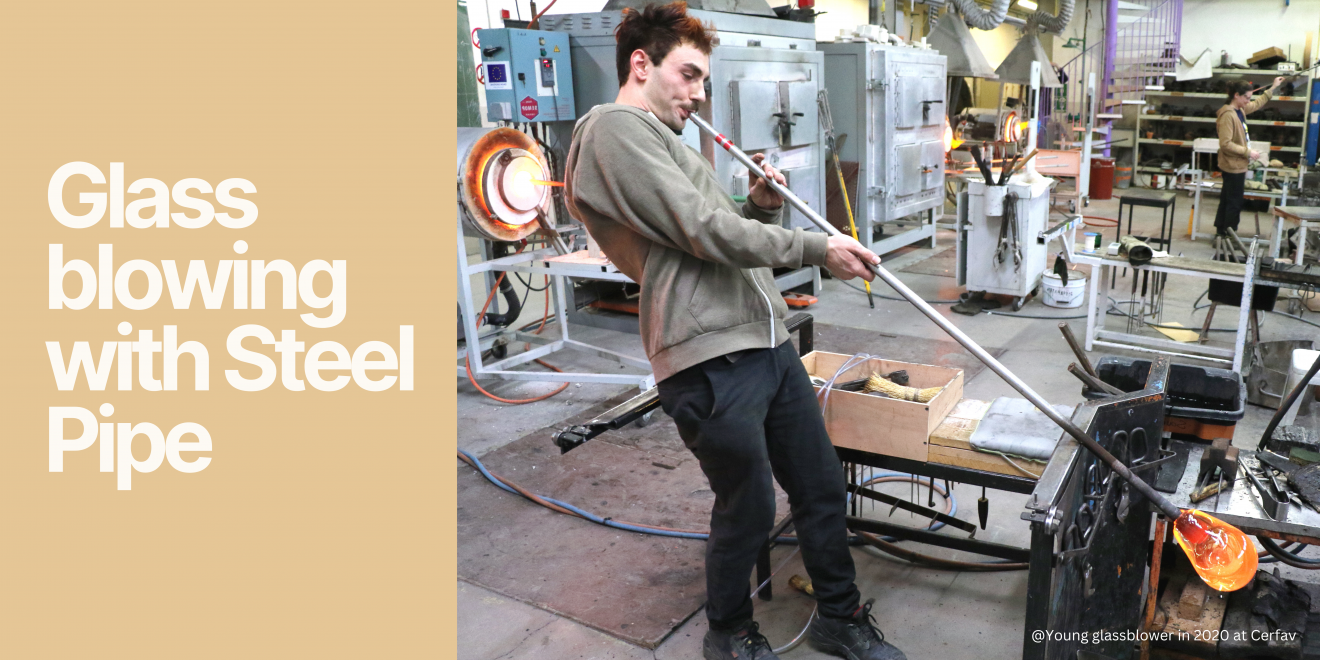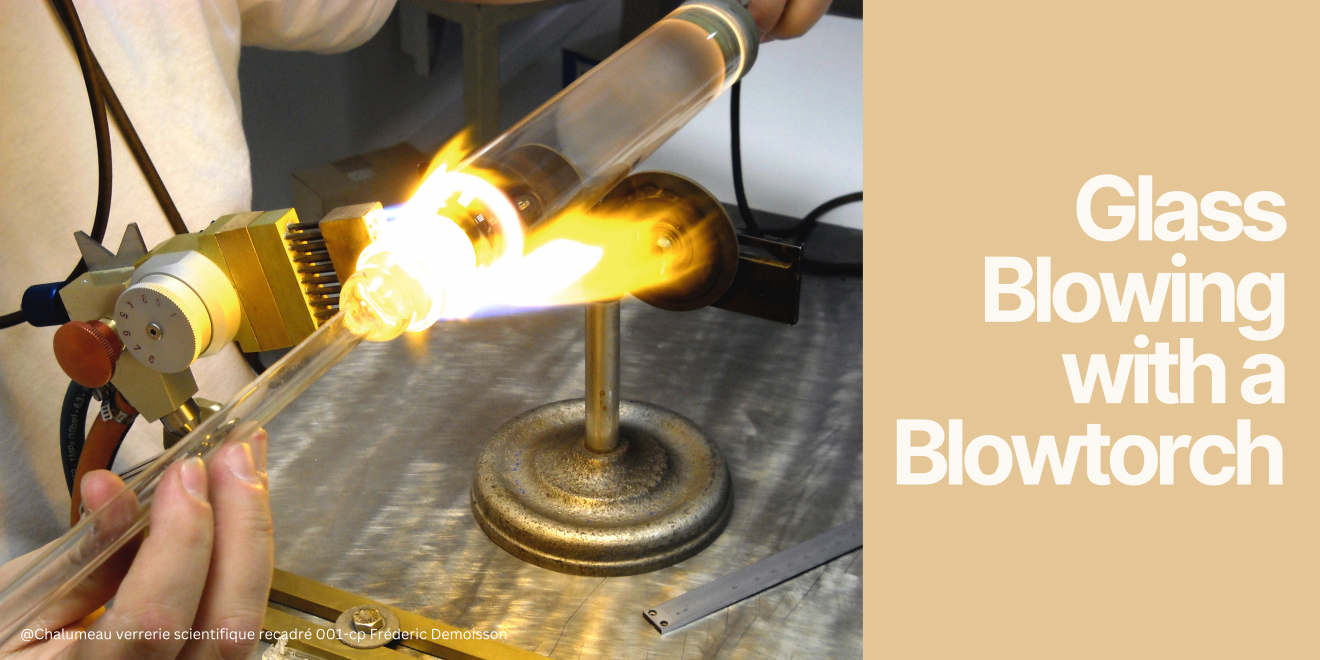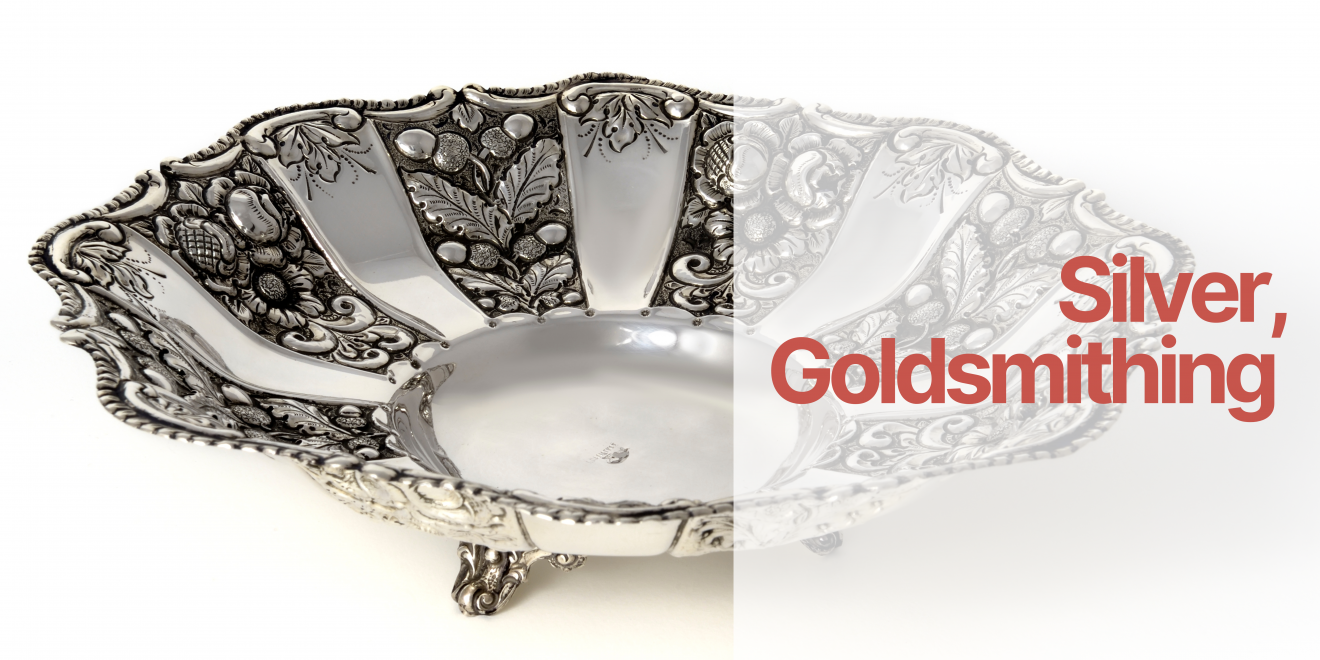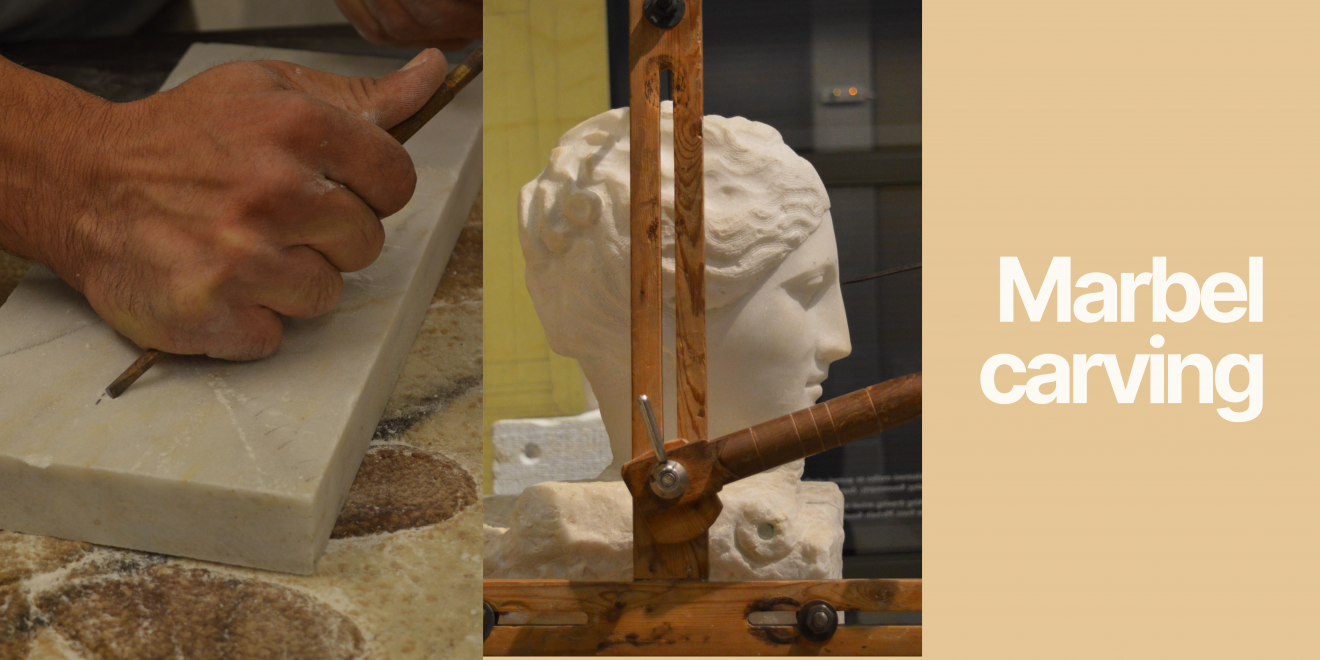|
|
Welcome back to the world of Craeft!
|
|
As a devoted guardian of heritage crafts, Craeft mission revolves around safeguarding of crafts by deepening the understanding of crafts actions, techniques, and skills through the recording and digital documentation of crafts gestures and the development of computer-aided methods that will stimulate and support the crafts transmission and creation processes.
|
|
|
|
|
|
In order to fulfill its objective, Craeft will apply its multidisciplinary approach to particular crafts professions. Hence, we are delighted to present a captivating glimpse into some of them. Taking you on an immersive exploration of the time-honored arts of glass, gold/silversmithing, and marble carving introduced by Craeft partners – Cerfav and PIOP!
|
|
Stay tuned for future editions where we will unveil more about other Craeft crafts!
|
|
|
|
|
|
|
|

|
|
Glass is inseparable from the history of Lorraine. Discovered in the Middle Eastern world, glass spread throughout the Roman Empire as trading expanded. The first workshops are attested in north-eastern Gaul as early as the 2nd century. Although our knowledge of glassmaking in the early Middle Ages remains relatively fragmentary, the activity began to develop in the 11th and 12th centuries. The great abbeys, wishing to enhance their estates, encouraged the construction of glassworks. Aware of the economic importance of these establishments, the Dukes of Lorraine took them under their protection. Thus, in 1448, Jean de Calabre, Governor of Lorraine, granted them the famous Charte des verriers (Glassmakers' Charter), assimilating them to the "noblesse" (aristocracy) with the title of écuyer ("esquire") and granting them numerous privileges. In a region rich in raw materials - the thick sandstone mantle provides silica, and the vast forests supply the wood needed to heat the furnaces - the glass industry flourished, and the quality of its output was praised by many authors.
|
|
For further reading about history of glass
|
|
|
|
|

|
|
|
Blowing glass with a blowtorch at Cerfav is a long-standing craft developed at Cerfav in fact since 1992 during the renovation of the French training standards for the CAPs updated in 1998. Companies in the glass sector have had the opportunity to express themselves on their new needs and in particular in small structures where workers must be versatile. Based on the educational experiments carried out at Cerfav, several mention proposals were submitted to the Ministry of National Education, in particular the “filage” of glass for the "CAP Chalumeau". Unfortunately, these proposals were not followed, but Cerfav continued to offer courses and training cycles to support the dynamism of this discipline, which is now expanding. Since 2022, the cerfav has officially offered training courses for the CAP arts and techniques of glass, option glassmaker with a blowtorch.
|
|
|
|
|
|
Metals & PIOP
|

|
|
|
The craft of silver- and gold- smithing is inextricably linked to the tradition and cultural heritage of Ioannina - and of Epirus more generally, and was developed, flourished, brought forth great craftsmen, named or anonymous, interacted with other centers in the Balkans and the West. The techniques for processing silver and gold required knowledge and skills and the craft’s secrets were passed on from one generation to the next one. The evolution of technology and the appearance of machines, from hand- operated devices in the late 19th century to electric ones in the 20th, gradually reduced the toil and time necessitated to complete the work, simultaneously increasing the production. Despite the gradual industrialization and the outpacing of old methods Epirote craftsmen did not abandon manual practices.
|
|
|
|
|
|
|
|

|
|
|
The marble, a stone that scintillates (Gr. marmarizo) in the sunlight, started its use as a raw material in the Cycladic islands with the well known figurines and vessels of the third millennium B.C. The greatest of all the Neohellenic centers of marble working was Tinos and specifically Exo Meria, an area whose soil is barren but rich in marble (white, grey, green) with numerous quarries. Here the craft is passed on from father to son, and numerous talented marble- carvers have emerged as it has evolved over the years as well as eponymous artists whose chisel left its indelible mark all over Greece as well as in Asia Minor, Constantinople, Romania, southern Russia and Egypt.
|
|
|
|
|
|
|
|
“A Roadmap for Craft Understanding, Education,
Training, and Preservation” , the first Craeft position paper
|
|
It outlines a roadmap for craft preservation and evaluation, focusing on understanding crafts to design tools for documentation, education, and training. The proposed strategy aims to validate the efficacy of preservation efforts and enhance craft education through digital aids, broadening access, economizing learning, and increasing exercisability.
|
|
|
|
|
|
|
|
|
|
The Consortium
|
|
|
|
|
|
|
|
|
|
|
|
|
|
Stay tuned for more...
FOLLOW US!
|
     
|
|
|
|
|
|
|

|
|
|
|
|
|